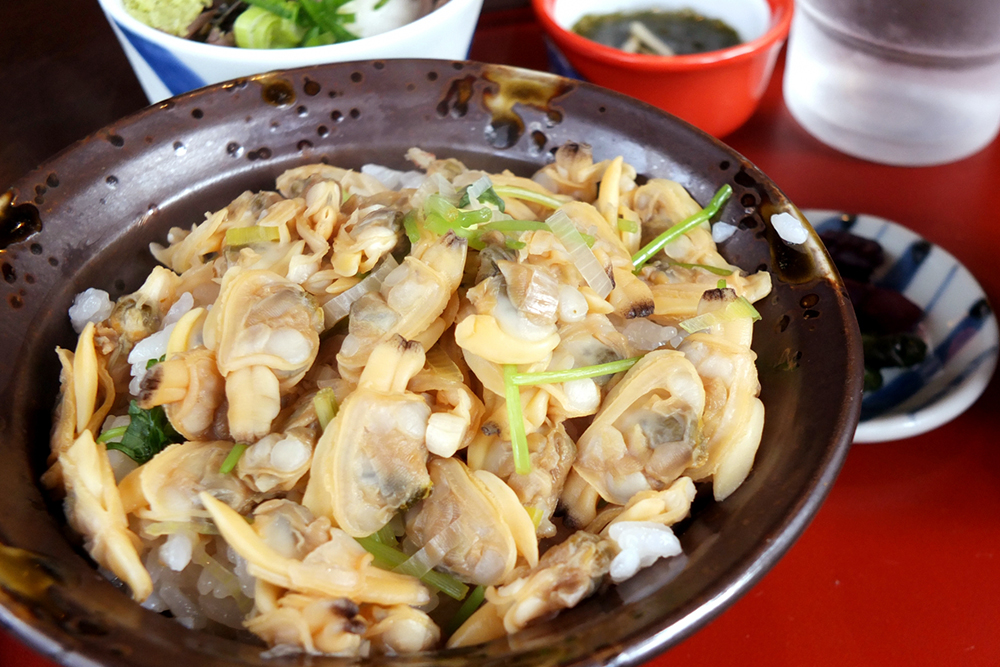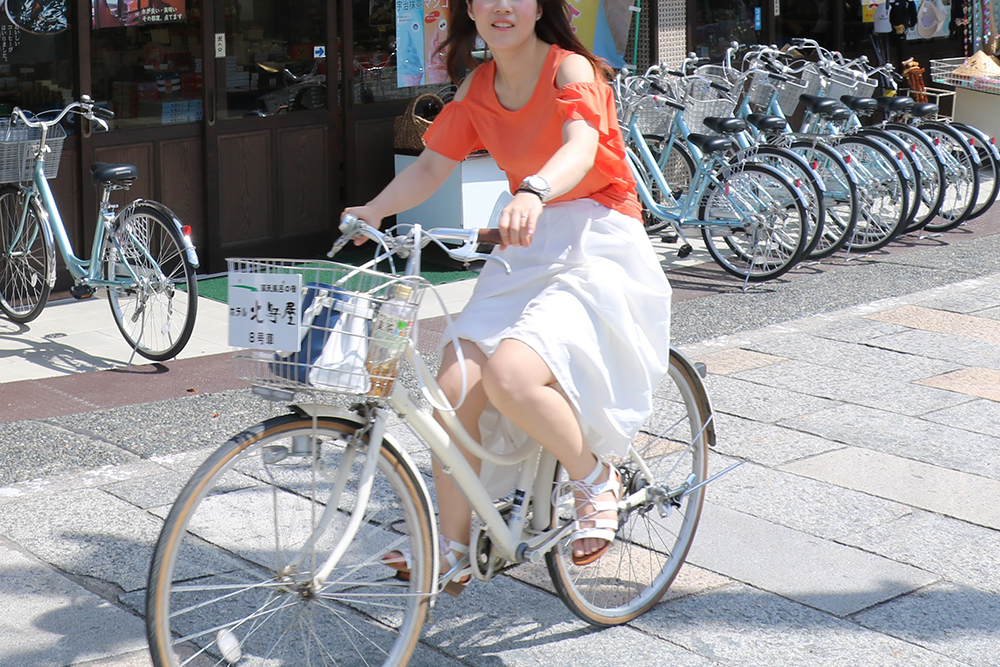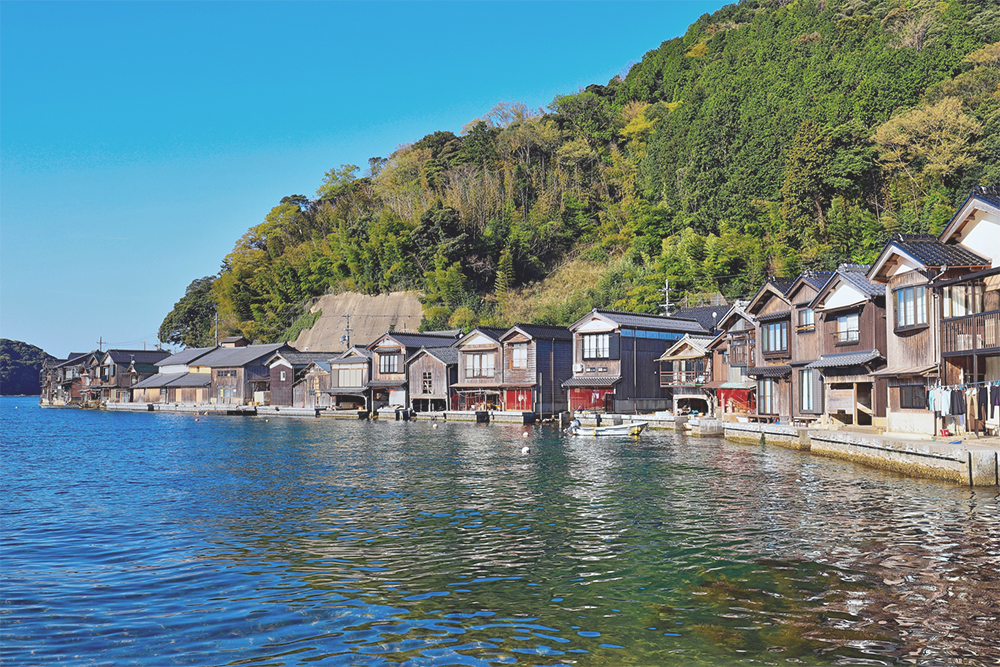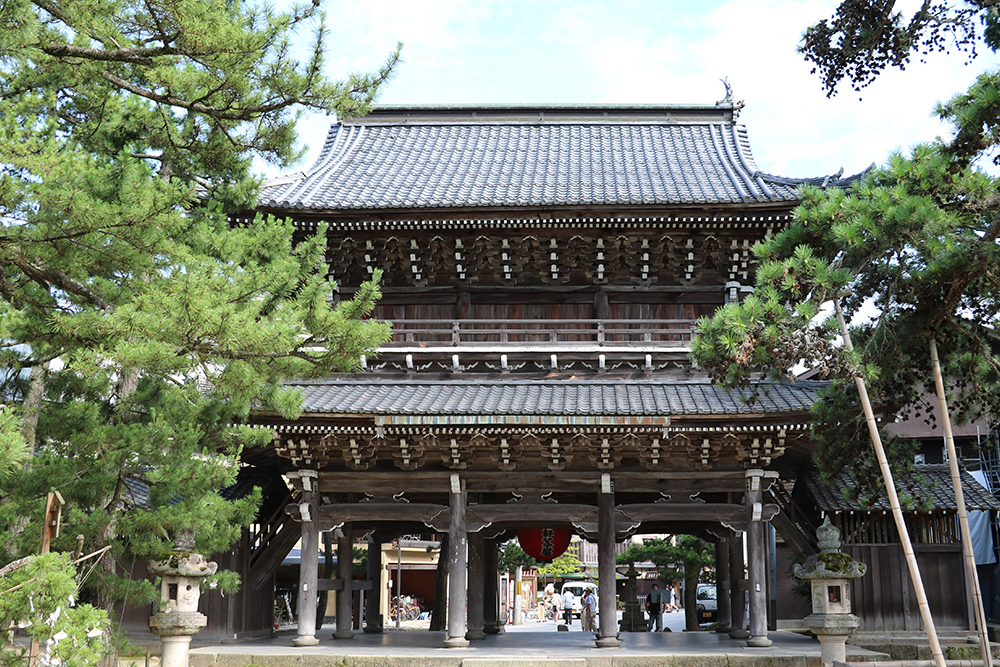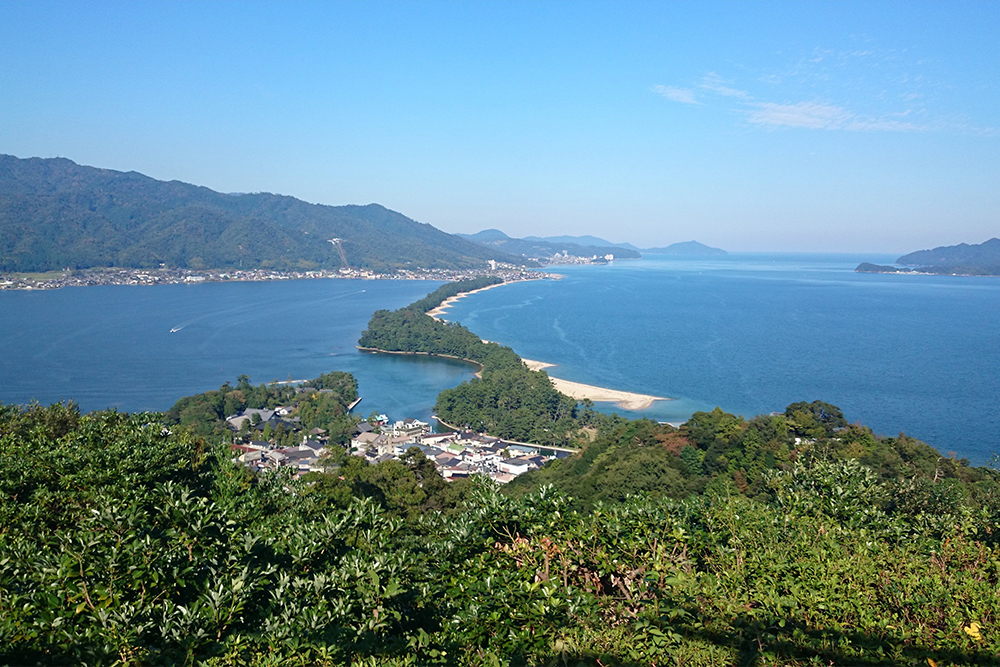Chie-no-Mochi
What Is Amanohashidate’s Famous “Chie-no-Mochi”?
A Sweet Treat Said to Grant You the Wisdom of Monju!
When traveling, tasting the local specialties is part of the fun.
Amanohashidate also has a must-try local delicacy: Chie-no-Mochi (“Wisdom Rice Cakes”).
These mochi are served at the four long-standing teahouses—Yoshino Chaya, Hikohei Chaya, Kanshichi Chaya, and Chitose Chaya—located at the gate of Chion-ji Temple, famous for the saying “Three heads together make the wisdom of Monju.”
True to their name, it’s said that eating these rice cakes will bless you with Monju’s wisdom.
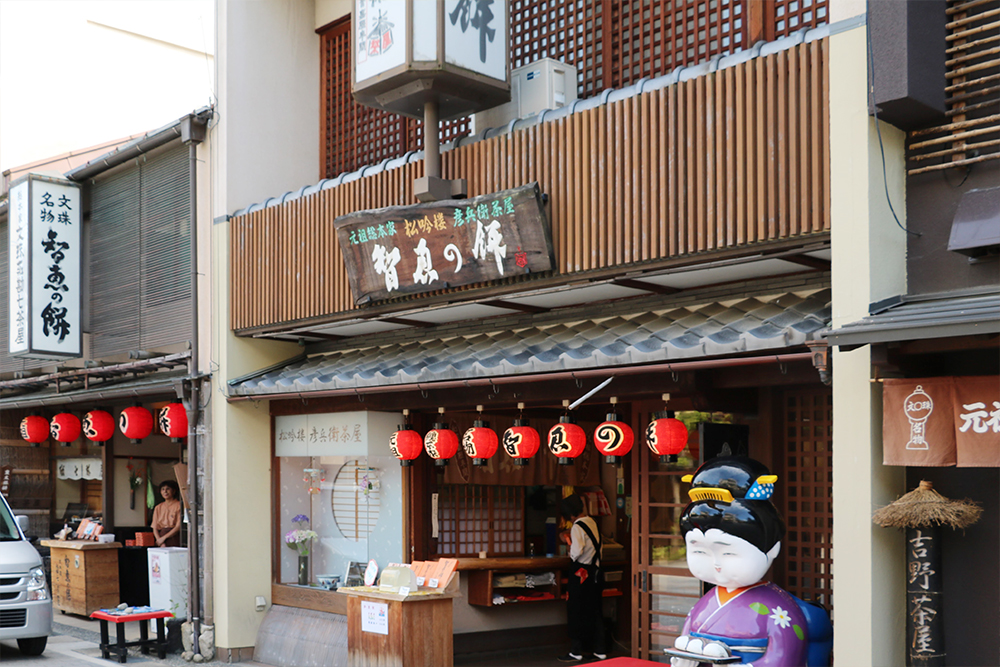
Exiting the main gate of Chion-ji, the first shop you’ll see is Yoshino Chaya.
Their Chie-no-Mochi features a mild sweetness and refined flavor that allows you to truly enjoy the texture of the mochi—very popular among visitors.
They also offer original menu items such as the hearty, clam-filled Asari Croquette Burger.
There are even creative variations using Chie-no-Mochi, making this a great spot for those who want to try something new.
Next door is Hikohei Chaya, greeted by a large, traditional Japanese doll.
Their Chie-no-Mochi has a slightly darker-colored sweet bean paste. Be sure to savor the exceptional softness of the mochi as well.
In summer, their “Chie-gōri”—matcha shaved ice topped with two pieces of Chie-no-Mochi hidden at the bottom—is especially popular. It’s the perfect treat to cool down after sightseeing in Amanohashidate.
The third shop is Kanshichi Chaya, which uniquely features an irori (traditional hearth) inside!
Their Chie-no-Mochi has a lighter-colored, smooth, and gently sweet bean paste.
They also offer Jutarō Mochi, coated in roasted soybean flour instead of bean paste, and Chie-no-Shizuku, a chilled dessert, along with seasonal limited-edition mochi items.
The final shop is Chitose Chaya.
Among the four teahouses, their bean paste is the darkest in color. They preserve a traditional flavor profile, allowing the richness of azuki beans to shine.
They also take pride in using 100% locally grown glutinous rice.
You can enjoy delicious handmade soba here as well, crafted by artisans using a blend of 20% local Ine Town Tsutsukawa buckwheat flour and 80% wheat flour.
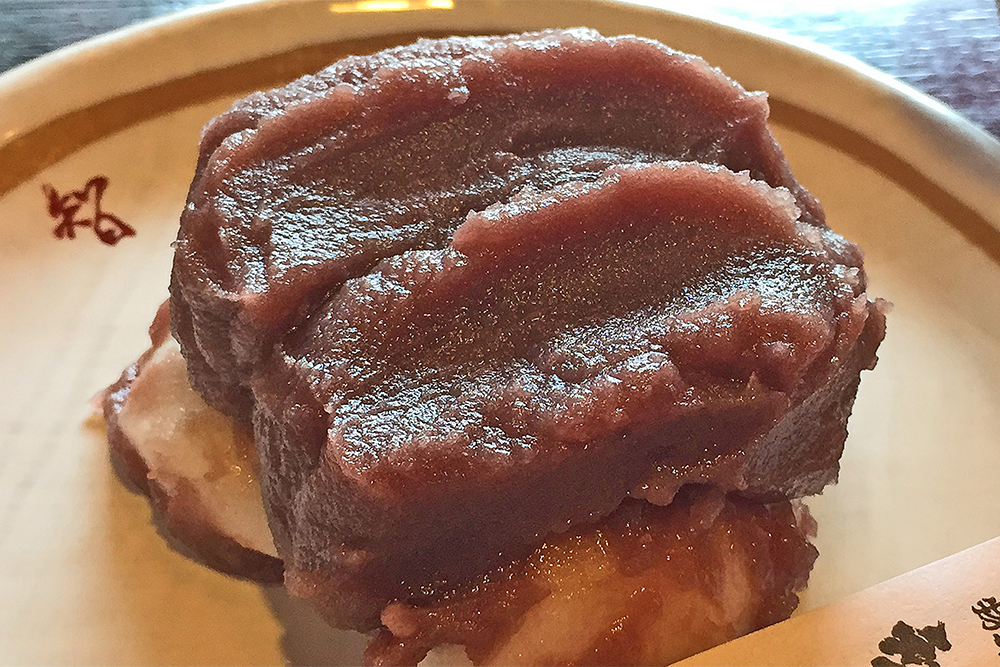
Each of the four teahouses offers a different sweetness, texture, and style of Chie-no-Mochi.
Which one will be your favorite?
When you visit Chion-ji Temple, why not try tasting and comparing the specialties of each shop?

